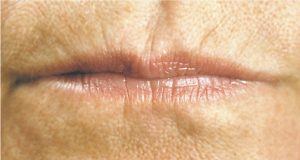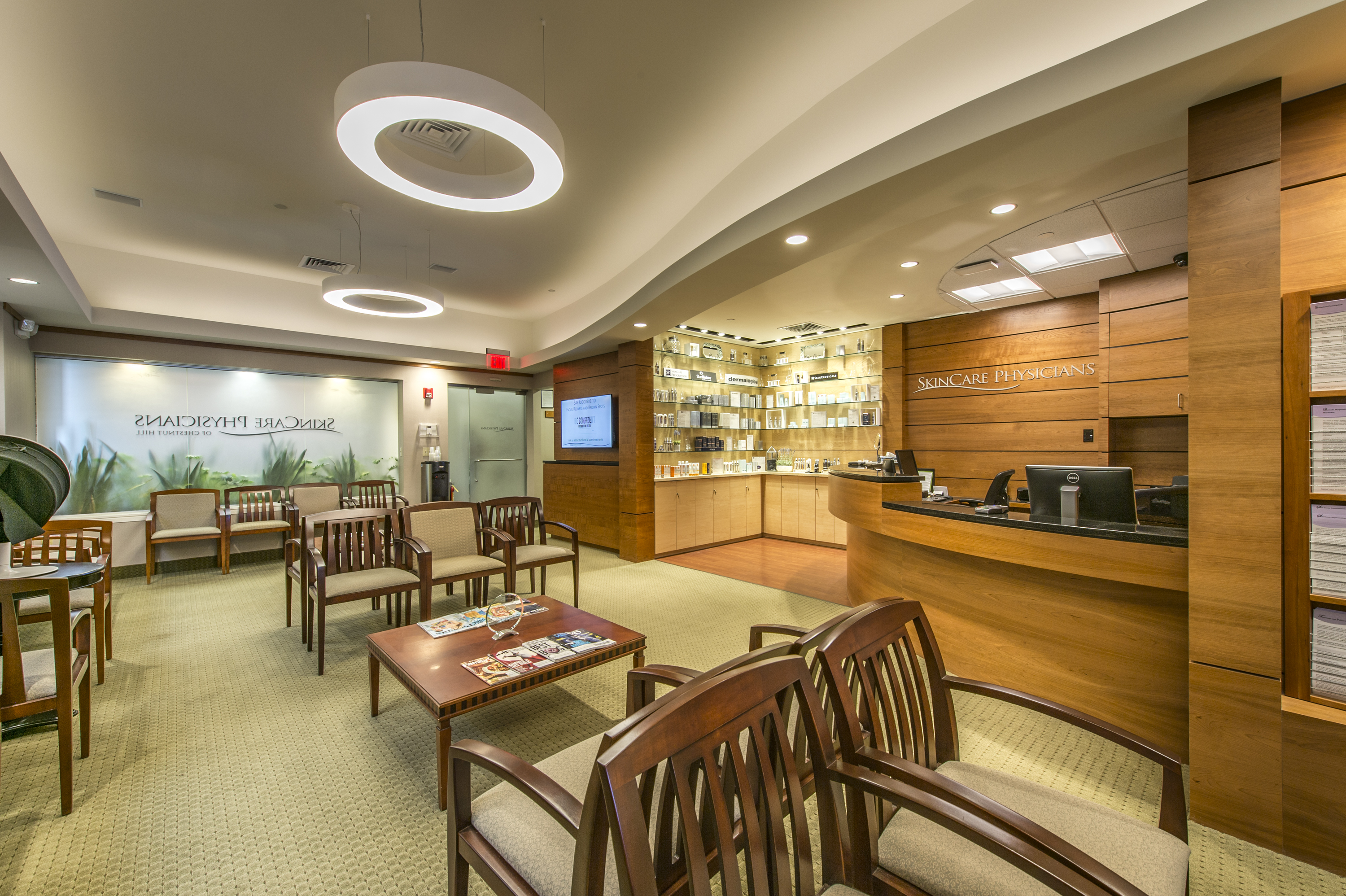- Home
- Blog
- Cosmetic Injections
- Worried about lip lines and wrinkles around your mouth?
Worried about lip lines and wrinkles around your mouth?
 Upper lip lines and wrinkles, also known as perioral rhytids or smoker’s lines, are a major cosmetic feature of the lower face. A recent survey found that over 50% of women with appearance-related concerns selected the skin around the mouth as “the most likely to treat area” of the face. Know that you don’t have to live with these lines. There is more your dermatologist can do to help than you may have thought possible. But first let’s look at what triggers these annoying lip lines and wrinkles.
Upper lip lines and wrinkles, also known as perioral rhytids or smoker’s lines, are a major cosmetic feature of the lower face. A recent survey found that over 50% of women with appearance-related concerns selected the skin around the mouth as “the most likely to treat area” of the face. Know that you don’t have to live with these lines. There is more your dermatologist can do to help than you may have thought possible. But first let’s look at what triggers these annoying lip lines and wrinkles.
The first culprits to come to mind are sun, cigarettes and straws. Skin around the mouth receives a great deal of ultraviolet light from sun exposure which causes some thinning of the skin and induces elastic and collagen fiber degeneration. Smoking cigarettes and sipping through a straw intensify these features. Indeed, pursing accentuates lip lines and is actually one of the causes of their presence in the first place. While sun, cigarettes and straws potentiate the likelihood and severity of lines around the mouth, none are necessary for their presence.
The changes around your lips are part of the aging process. They are first noted early in your thirties and become most apparent in your fifties. Early in life the lips have a full appearance but with time the underlying muscles thin out and the lips flatten. Lips which were once viewed as full now appear thinner with some degree of drooping. Studies have shown that the volume of the lips actually stay the same over time, but the length between the corners of the mouth widen, and as a result the volume is spread out over a larger area.
Treatments for troublesome lip lines and wrinkles
It is possible to decrease the contraction of the muscles around the mouth to decrease pouting and frequent folding of the skin. As a result the upper lip becomes smoother, progression of lip lines to greater depth is diminished, and the lips may appear fuller. This may be accomplished by the superficial injection of very small amounts of neuromodulators such as Botox, Dysport or Xeomin into the lip margin. This approach can also be used along with other treatment methods, including microneedling, fractional high intensity focused radiofrequency, chemical peels, and fractional laser resurfacing.
Microneedling is a minimally invasive technique that causes microscopic wounds in the skin which stimulate collagen synthesis. The procedure is generally well-tolerated after a few minutes of topical numbing cream, is usually repeated monthly for three months and is very helpful in diminishing superficial fine lines. Other devices have become available in which the microneedles deliver radiofrequency induced heat from within the skin. This energy is converted to heat, which induces growth factors and improved skin remodeling. This treatment too is repeated on several occasions and leads to even greater dimunition of lines and wrinkles, and if used more broadly on the lower face and neck causes skin tightening and some textural smoothing.
Superficial chemical peels can diminish mild hyperpigmentation and very mild lines but only medium or deep peels induce dramatic changes in upper lip lines. Peels are not ideal for the perioral area specifically but can help with the overall tone and texture of the skin. Deeper peels have a long period of recovery and carry the risk of fibrosis and decreased pigmentation in the treated areas.
Fractional laser resurfacing can help treat lip lines well. Treatment with fractional non-ablative lasers such as Fraxel Restore, repeated on several occasions, brings about modest improvement in deeper lines but more obvious improvement with very superficial lines. Treatment with fractional ablative laser such as the Deka Dot laser or Fraxel Repair has a higher likelihood of being helpful for deep lines. These procedures are carried out under topical or local injection anesthesia and have several days to a week of recovery time.
Soft tissue fillers can help with lost volume or definition of the lip borders. Hyaluronic acid based fillers are preferred and some are even FDA-approved to treat fine lines and restore volume in the perioral area. If injected around the borders of the lip this causes some lifting, gives greater definition to the border between the lip and the skin above it, and refills the Cupid’s bow. This is done after application of topical anesthesia and usually brings about a very nice improvement which lasts for many months or longer. Lips which have become thin can also be gently injected with small amounts of such fillers to give a more healthy and well-rounded appearance. These injections are generally safe but occasionally accompanied by some bruising.
There are many approaches to treat the problem of lip lines and wrinkles, or perioral rhytids. Several are often used as they complement each other. In most patients, injections of small amounts of neuromodulators are helpful along with the gentle injection of soft tissue filling agents to the area around the margin lip and at times into the upper lip. As well, microneedling or lasers are used for diminution of lines, wrinkles and textural changes. Because each of these modalities addresses a separate problem, namely excessive movement, deep lines from collagen degeneration, and loss of fullness due to change in the architecture of the lips, they are often used concurrently to bring about what is often a dramatic improvement in this very common problem. Discuss with our skilled physicians what would be the best combination of treatments for your lips.
Co-Authors: Sara Hogan MD, MHS and Mara Weinstein Velez, MD



I only want to get rid of lines around my mouth. I DEFINITELY do not want to increase the size or plumpness of my lips!!! I’ve seen to many AWFUL LIP procedures done out there.
Can you advise on which to use?
Thank you.
Thank you for your question. There are many approaches to treat the problem of lip lines. Unfortunately, we cannot advise you on a treatment without seeing you. If you are in the Boston area, we encourage you to book a consultation with one of our physicians who will discuss your goals, assess the lines around your mouth, and recommend the best combination of treatments for your lips.